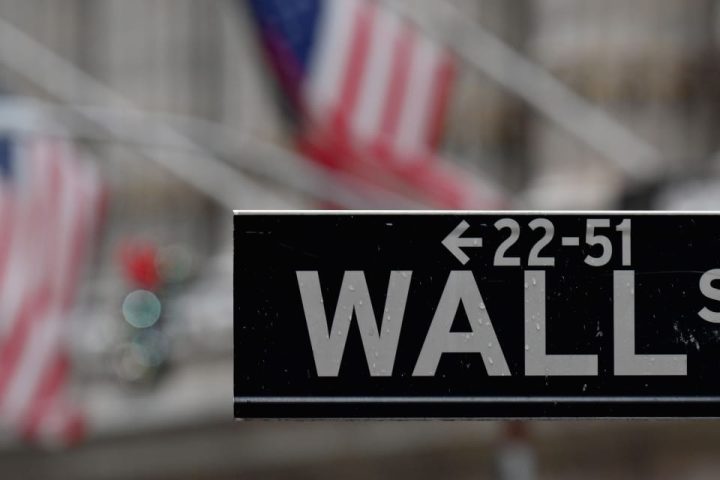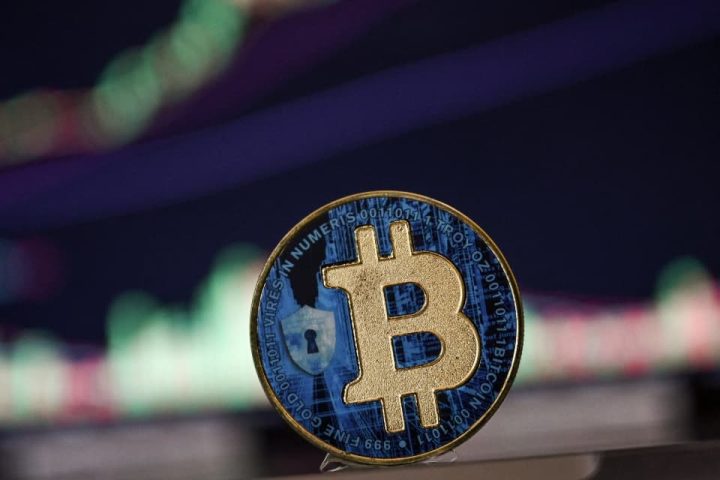U.S. inflation may be on a path in which it won’t budge much through next March, adding a new wrinkle to the market narrative that the Federal Reserve is likely done with raising interest rates.
The market-based outlook for the annual headline rate of the consumer price index implies six more 3%-plus readings to come, starting with October’s CPI data released on Nov. 14. If that comes to fruition, the annual headline inflation rate will be at or above 3% for a total of 10 straight months, starting from June.
This outlook raises the question of how central bankers will likely respond to a prolonged period in which price gains stabilize above their 2% target. One policymaker, Federal Reserve Bank of Richmond President Thomas Barkin, said on Friday that his view on whether to hike rates again will depend more on the inflation data than on a softer labor market.
Read: Fed’s Barkin says October data shows gradual cooling of job market
Trader Gang Hu of New York hedge-fund firm WinShore Capital Partners, said he expects Fed officials to “sit and wait” — much like they did when the central bank kept rates above 5% for more than a year between 2006 and 2007, before cutting them.
“The Fed hiked and waited a long, long time for the economy to slow down. It took the economy a year and a half to slow down,” Hu said via phone on Friday. “Higher rates take a long time to filter into the real economy and the Fed is, at this point, willing to be very, very patient.”
Headline inflation matters because of its ability to shape household expectations. But it is the narrower core measures, which exclude food and energy, that policymakers care more about.
Based on his own model and inflation traders’ expectations, Hu said he expects the monthly core CPI rate to come in at 0.27% for October versus September’s 0.3% rate, and to stay around that level for the next few months. “For the Fed to hike again, inflation would need to accelerate to 0.3%, 0.4%, 0.5%” on a monthly basis, he said. Hu estimates that the annual core rate of inflation should average 3% over the next 12 months.
On Friday, the Fed-is-done trade took off again after a weaker-than-expected October jobs report and downward revisions to the previous two months gave greater credence to the idea that the labor market is softening. With investors counting on further weakening in the economy to pull down inflation, all three major stock indexes
DJIA
COMP
SPX
scored another day of gains on Friday as Treasury yields plunged.
Meanwhile, traders of derivatives-like instruments known as fixings aren’t factoring in a further drop in annual headline inflation for a number of reasons.
One is an expected jump in health insurance starting in October based on bonus payments to insurers from the federal government, which is set to boost companies’ profits and the way the Bureau of Labor Statistics measures inflation in that sector. In addition, traders are worried that recent strikes against automakers reflect “labor’s upper hand over capital,” according to Hu. Meanwhile, they haven’t yet taken a view on the likely impact of the Israel-Hamas war.
For the Fed, “the goal posts have moved,” said Derek Tang, an economist at Monetary Policy Analytics in Washington. “When inflation was really high, the Fed was worried that it was not falling quickly enough. Now, they’ve made it quite clear that as long as inflation doesn’t rise again, they’re OK with it, as long as they think it will fall at some point.”
At a post-meeting press conference on Wednesday, Fed Chairman Jerome Powell cited the unwinding of supply-demand distortions from the pandemic as a force that can bring down inflation without higher unemployment or slower growth. One big supply-side gain that’s helping the economy is the significant increase in the labor-market’s size, resulting from greater participation and immigration.
While policymakers have a greater chance of success in their inflation battle now given concerns about recession risks, “the problem is that the Fed is very clearly relying on supply to do a lot of the work,” Tang said via phone on Friday. “They see a chance of a soft landing so they don’t have to hurt demand to get the lower inflation they want. But those supply factors have limits and can’t go on forever. We are not yet in a world of higher inflation expectations, but once those expectations move, it’s too late.”
The Fed “runs the risk of being behind again if inflation starts rising from 3%,” Tang said. “It’s one thing to be fooled once, but to be fooled twice is not a good look.”
See also: Ex-New York Fed head sees risk of four ‘fatal’ flaws in central bank’s thinking on pause
Read the full article here







